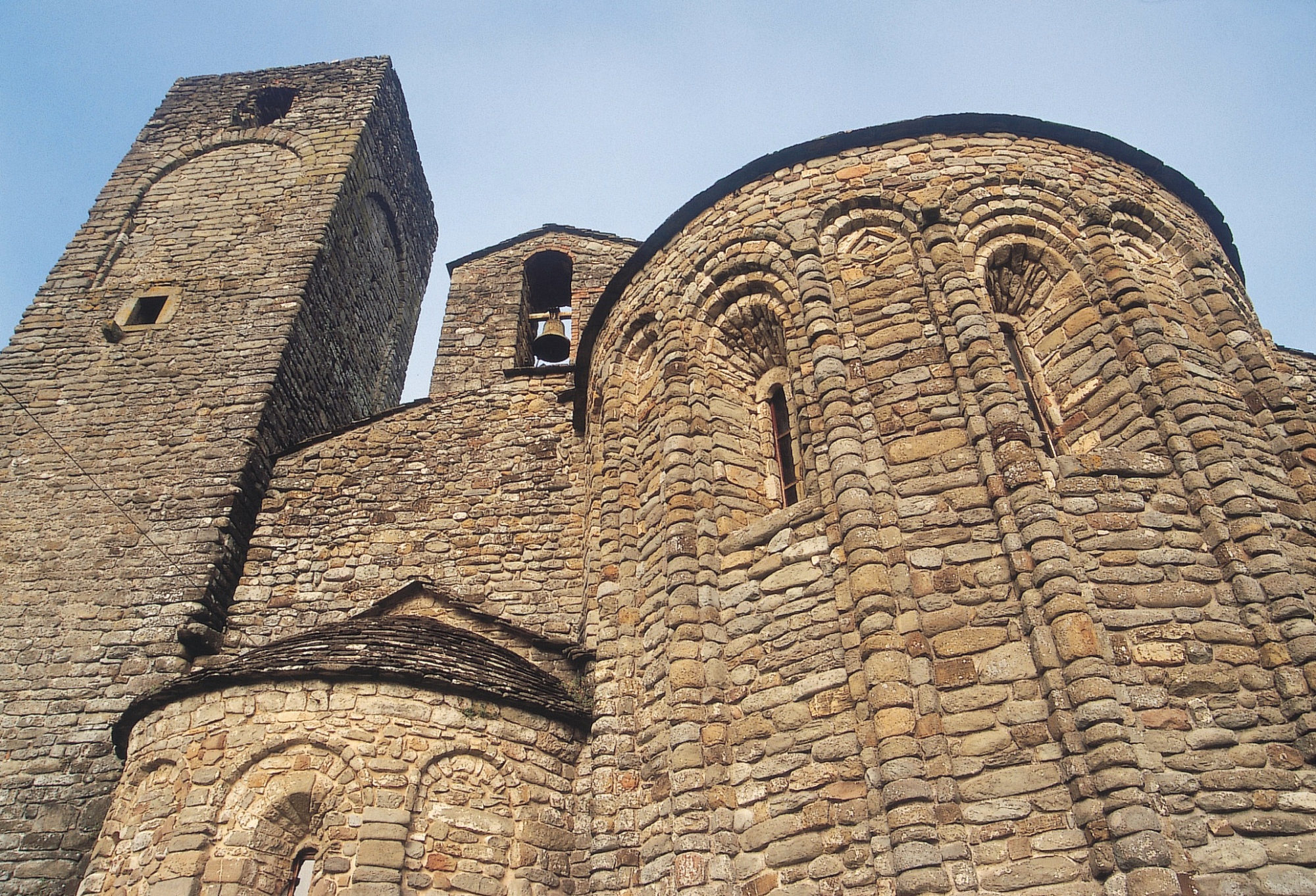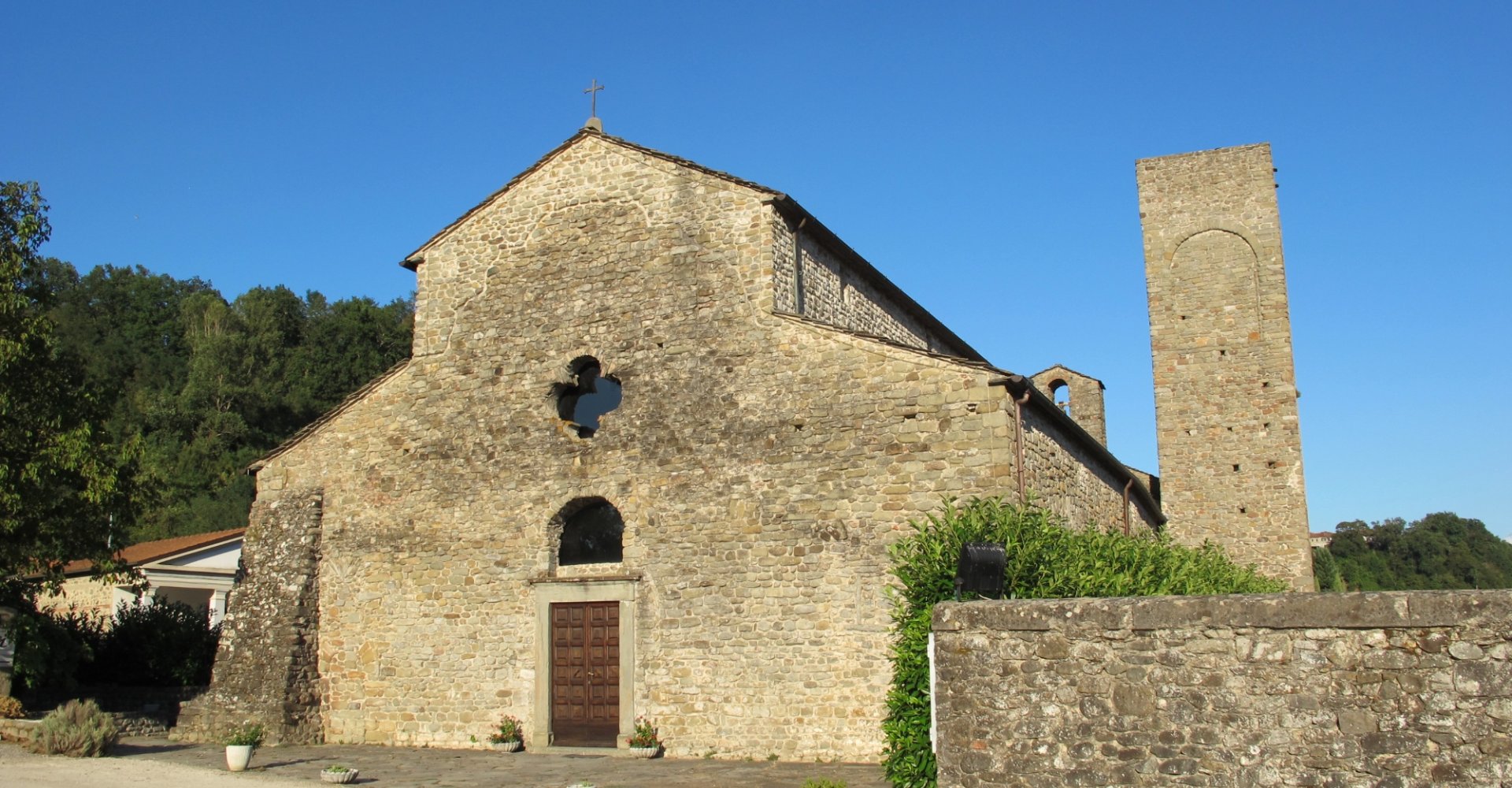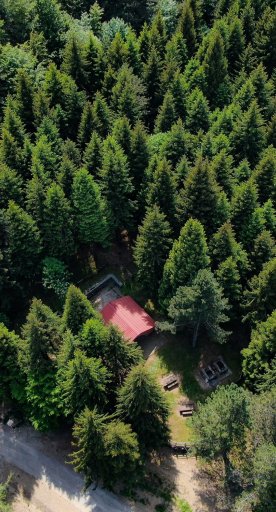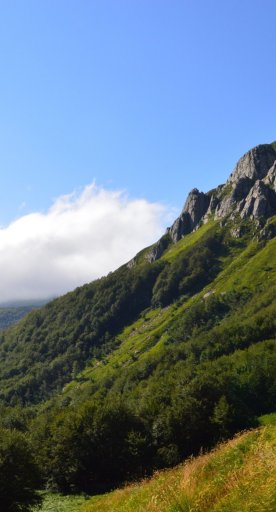Parish Church of Santo Stefano a Sorano
A sacred place near Filattiera visited since Prehistory
The Parish Church of Santo Stefano a Sorano in Filattiera, in the heart of Lunigiana, is a solitary church, built with river pebbles, and used to be a point of reference for pilgrims travelling along the via Francigena.
The parish church is also an archaeological site of considerable interest, a witness to the populations that ruled the land since its foundation. Already a place of worship in the prehistoric age, the church preserves a female stele statue, used as construction material and set into a step of the presbytery in the right nave.
The area was also home to a Roman farm, inhabited perhaps by the gens Suria (1st century BC), and in the 7th century it was invaded by Kastron Sereon, marked as the stronghold of the Byzantine defensive line.
The church bears the memory of Leodgar, the Lombard bishop, or gastald, who died during the reign of King Astolfo and, according to a now-translated plaque in the nearby Church of San Giorgio, urged the Christianisation of the Lunigiana, destroying stone idols and establishing hospitals.

Santo Stefano a Sorano is cited in the 10th century by Sigeric, archbishop of Canterbury, who visited the town on his journey back from Rome. Between the 11th and 13th centuries, with the encastellation of the hill behind the town and the construction of the Church of San Giorgio, the parish church remained isolated on the valley floor while not losing its religious function.
After the collapse in the 1990s, a careful restoration work permitted the reopening of this building of great historical interest to the public. The church has a three-nave structure, divided by circular pillars. Standing alongside it is a sturdy bell tower that resembles a guard tower. Of further interest are the apses presenting pilaster strips and Lombard bands, and which, like many buildings in the Lunigiana, betray their northern Italian influences.





